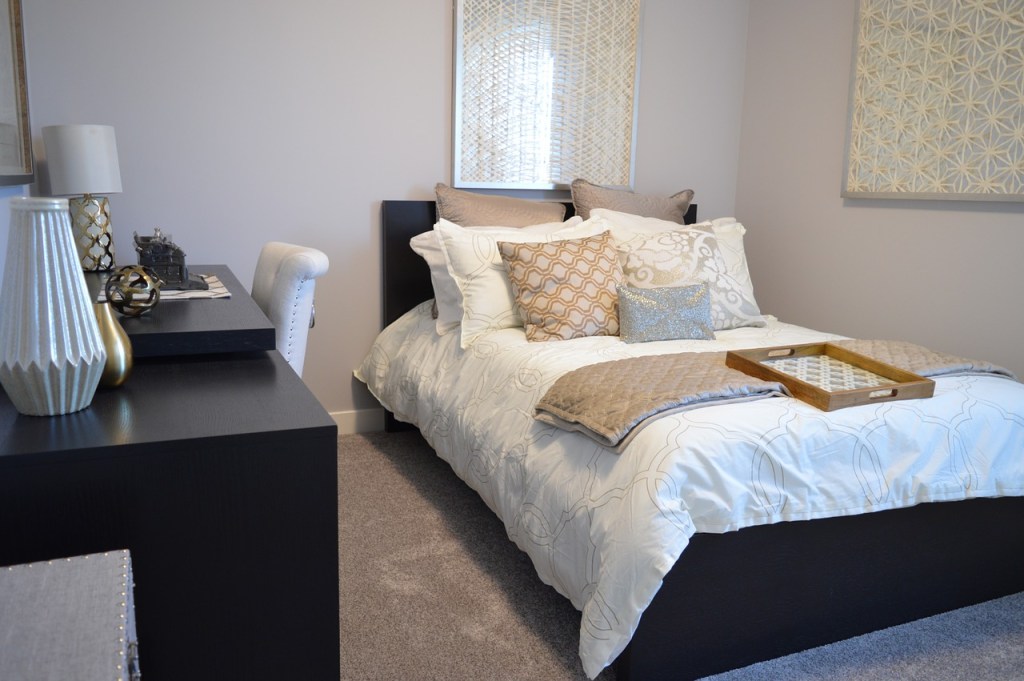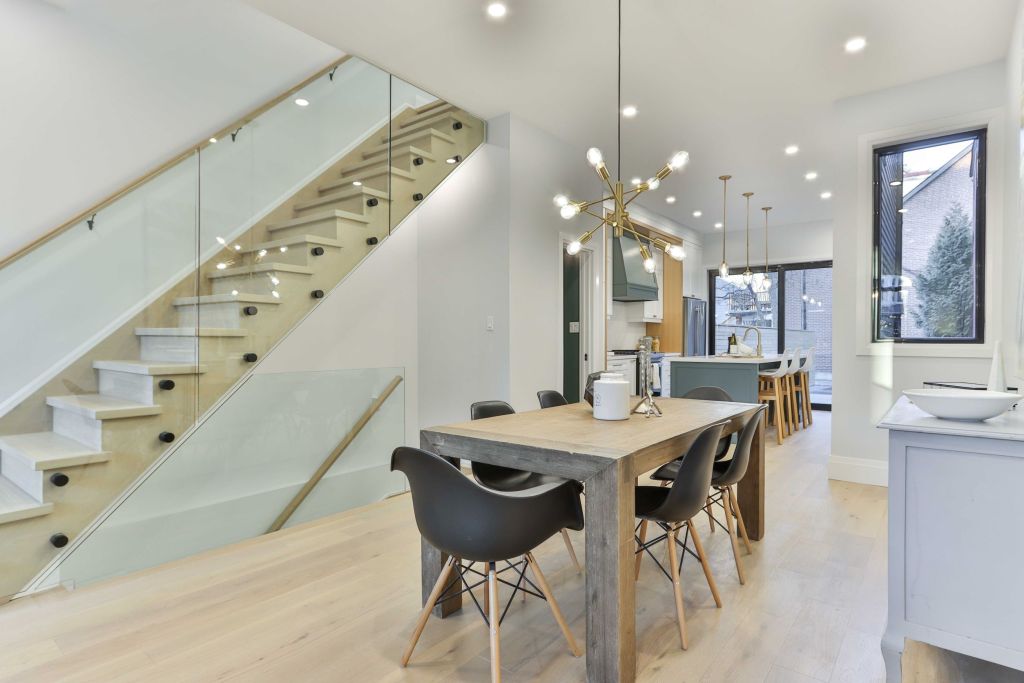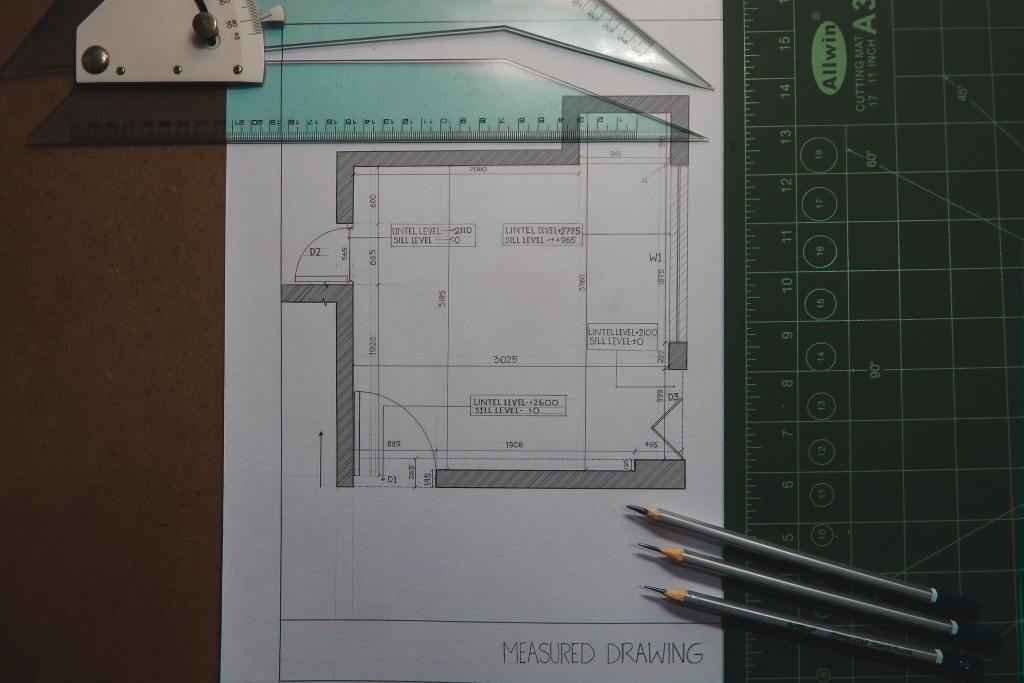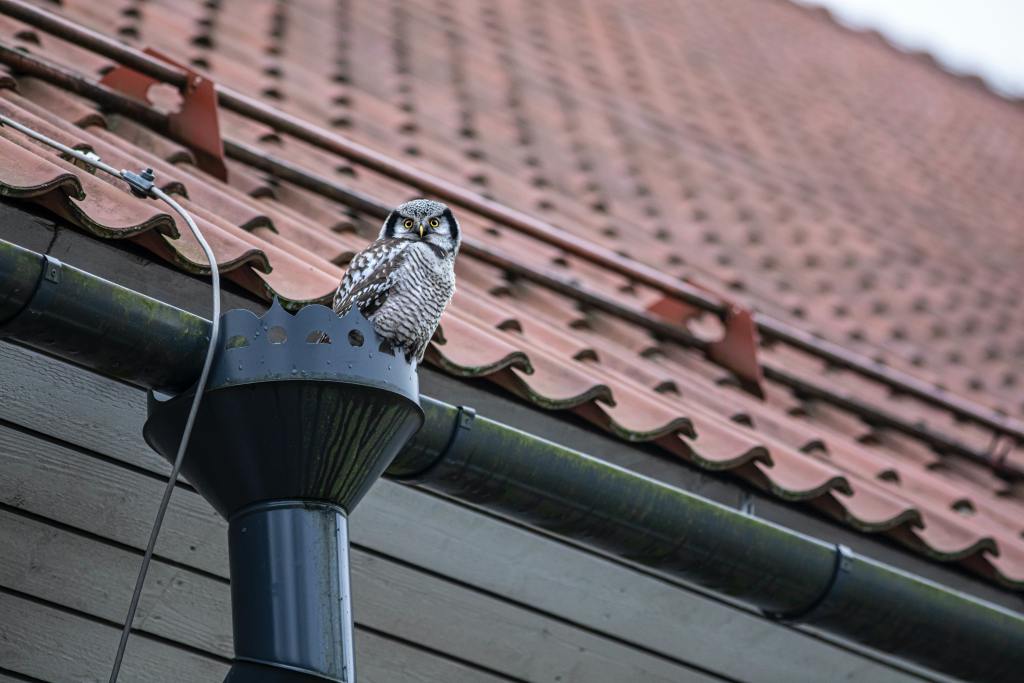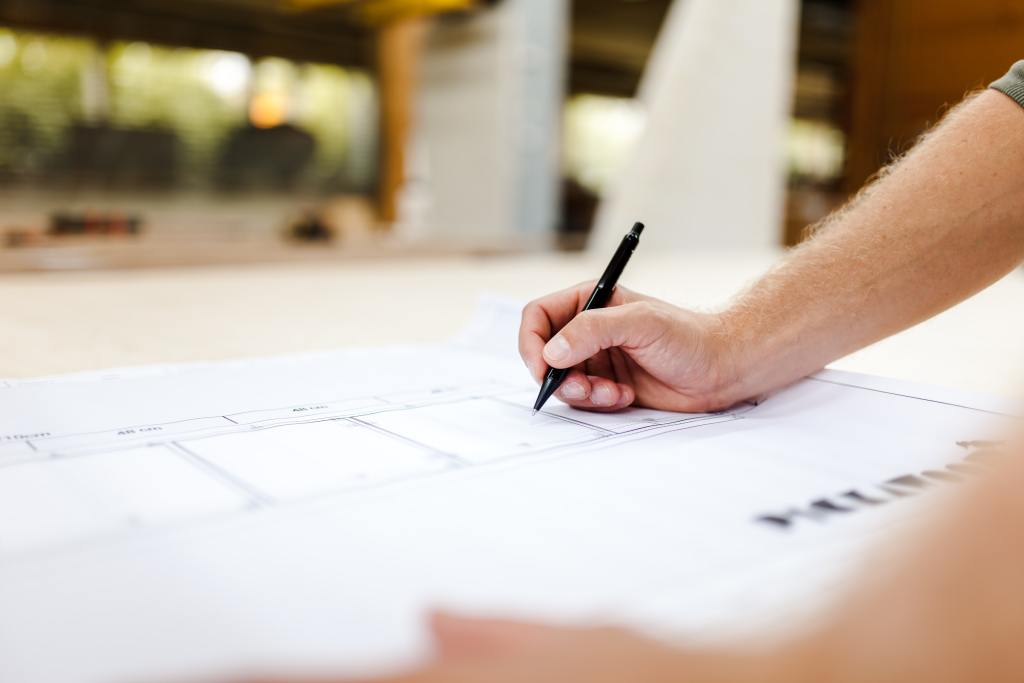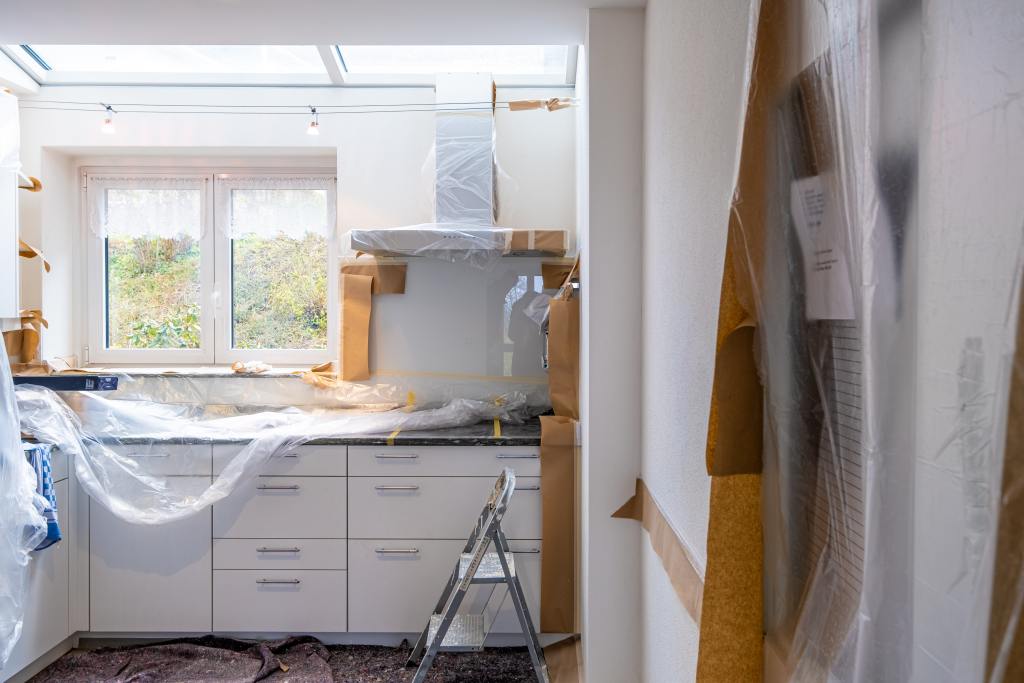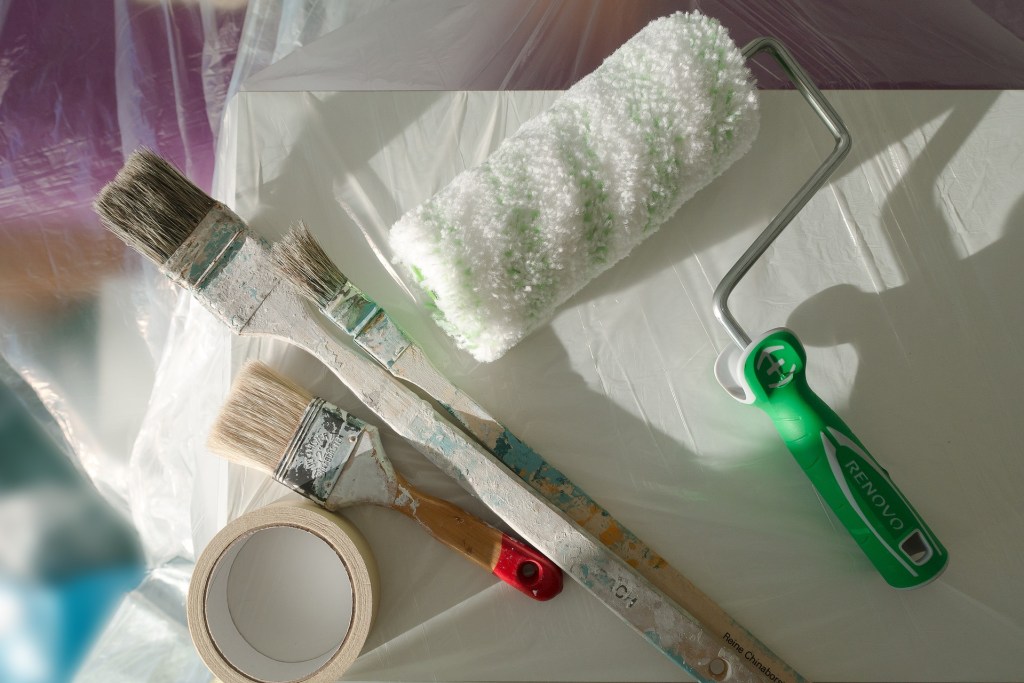5 Tips for your Small Apartment
It’s always a joy to move to your own property. After all, who doesn’t dream of having a little corner to call their own? With our new apartment tips inspired by Capital Smart City, you will be encouraged to transform your home environments and make them even more impressive. Read on to discover tips for planning … Read more

